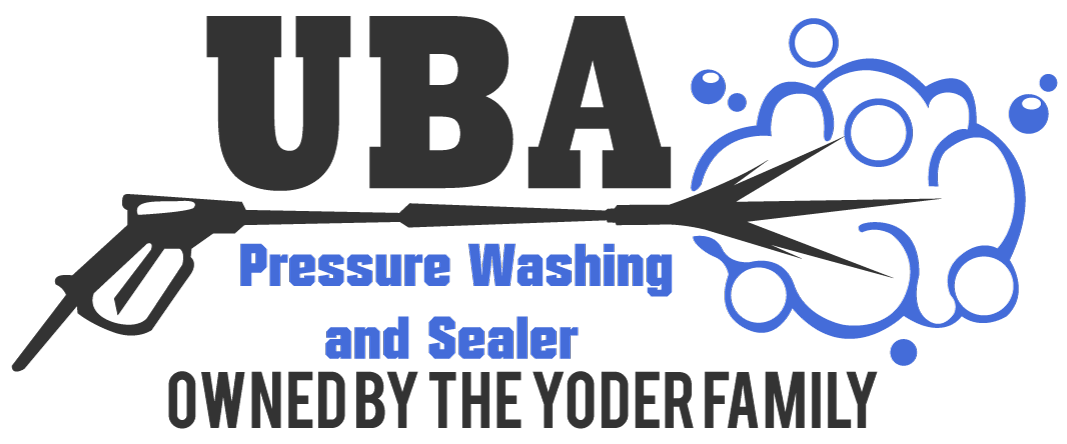
UBA Building Bridges
Building Bridges: Developing a Community-Centric Business
In today’s rapidly evolving business landscape, successful companies are no longer just profit-driven entities. They are integral parts of the communities they serve, understanding that a thriving community contributes to their own success. This shift in perspective has given rise to community-centric businesses, which prioritize collaboration, engagement, and mutual growth. In this blog post, we’ll explore the steps to develop a business that networks effectively within its community.
- Identify the Needs of Your Community
To build a business that resonates with your community, you must first understand their needs and aspirations. Engage with local residents, attend community events, and conduct surveys to gain insights. Recognizing these needs will help you tailor your products or services to better serve the community.
- Cultivate Strong Relationships
Networking is at the heart of a community-centric business. Establishing meaningful relationships with local stakeholders, including customers, other businesses, non-profits, and local government, is crucial. Attend networking events, join local business associations, and actively participate in community projects.
- Give Back to the Community
A strong community presence isn’t just about what you gain, but also about what you give. Consider implementing initiatives that directly benefit the community. This could involve sponsoring local events, contributing to charitable causes, or organizing community service projects.
- Collaborate with Local Businesses
Collaboration is key to creating a thriving ecosystem. Partner with complementary local businesses to cross-promote each other’s products or services. This not only expands your reach but also fosters a sense of camaraderie among local entrepreneurs.
- Offer Unique Value Propositions
Set yourself apart by offering something unique that addresses a specific need within the community. This could be a specialized service, a unique product, or a novel approach to an existing problem. Demonstrating your commitment to the community through innovative solutions can help build trust and loyalty.
- Leverage Technology to Enhance Engagement
In today’s digital age, technology can be a powerful tool for community engagement. Use social media, email newsletters, and community forums to keep your audience informed and engaged. Consider creating an online platform where community members can connect, share ideas, and support one another.
- Seek Feedback and Adapt
Regularly solicit feedback from the community to understand what’s working and where improvements can be made. This not only shows that you value their input but also helps you adapt and evolve in response to changing needs and expectations.
- Measure and Celebrate Impact
Keep track of the positive impact your business has on the community. This could be in the form of job creation, economic growth, or community development projects. Celebrate these achievements with your community to reinforce the value of your partnership.
Developing a community-centric business requires a genuine commitment to understanding, engaging, and contributing to the community you serve. By actively participating in the lives of your neighbors and aligning your business goals with the needs of the community, you create a symbiotic relationship that leads to sustainable success for all parties involved. Remember, a thriving community is the cornerstone of a flourishing business.

